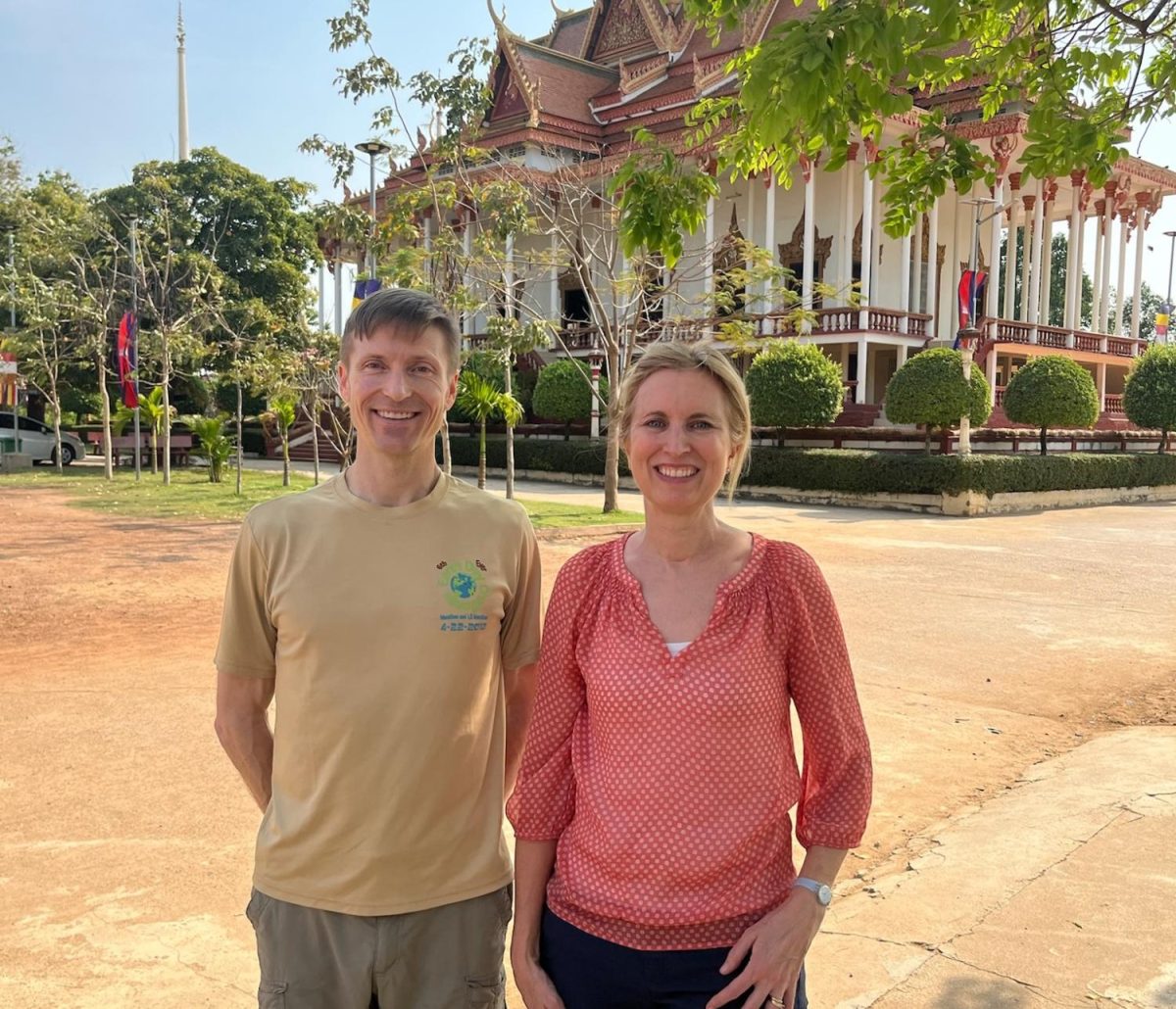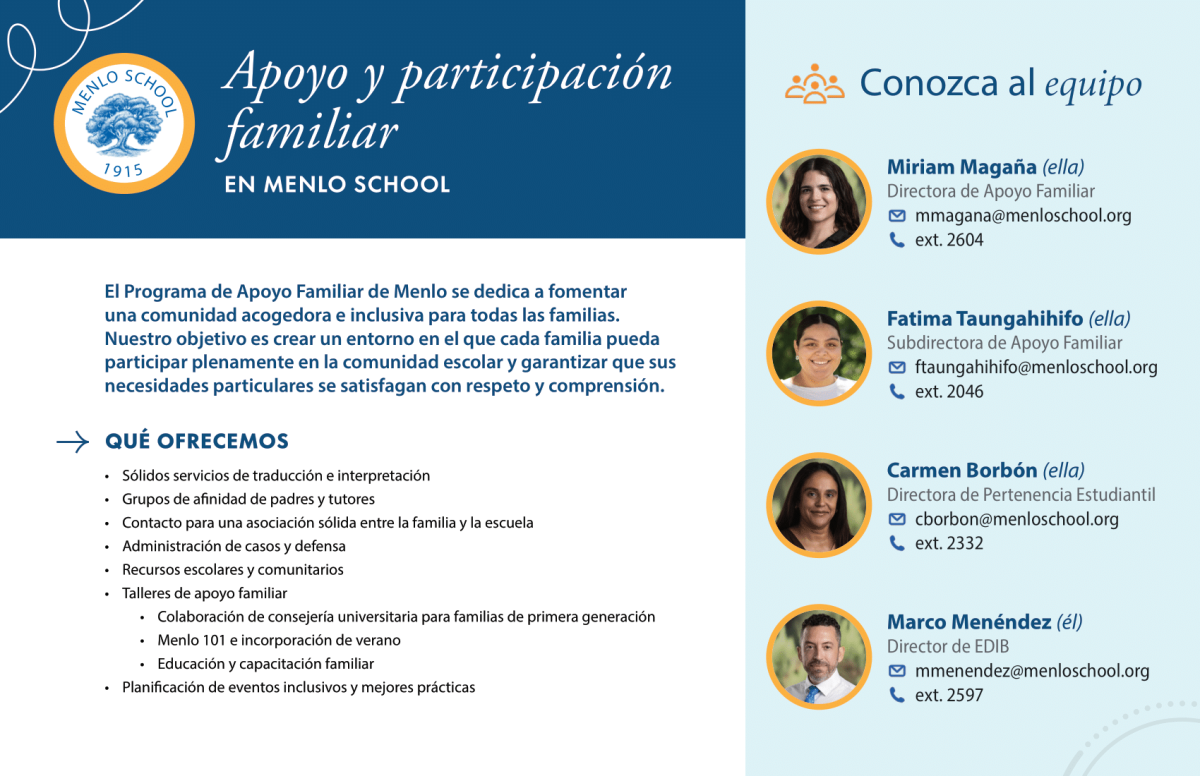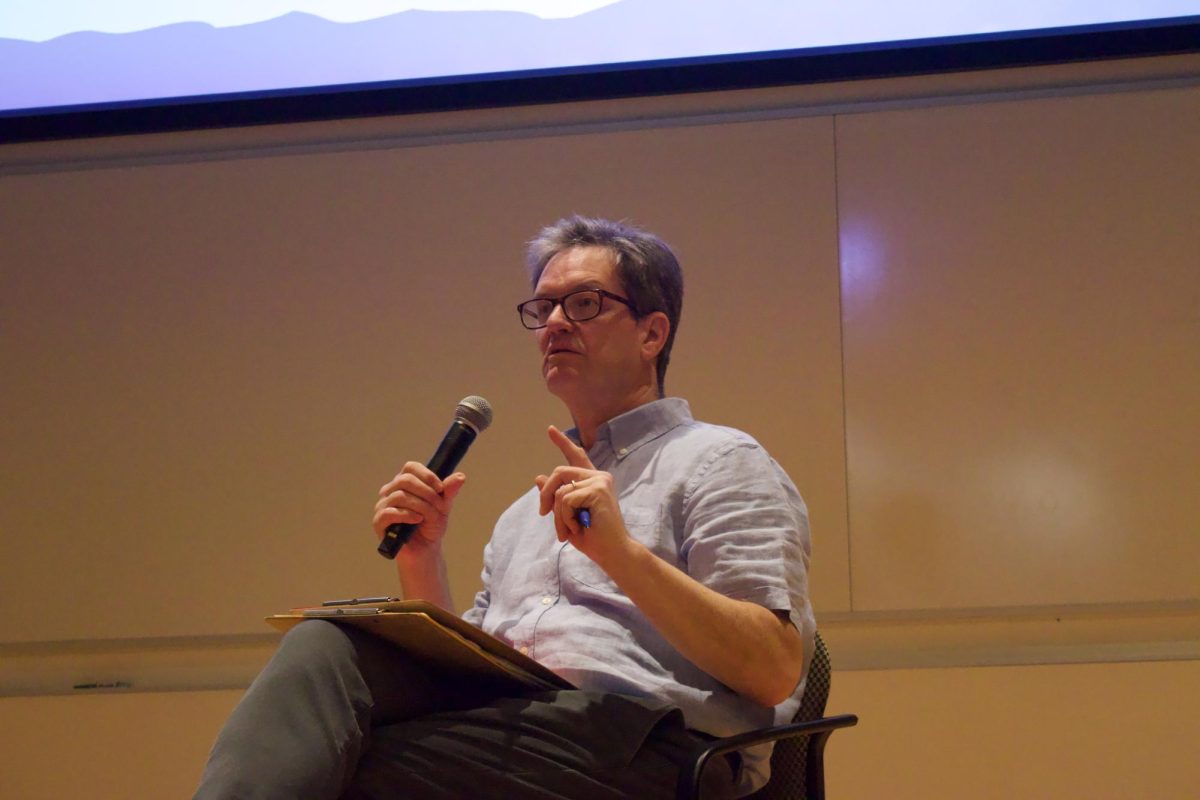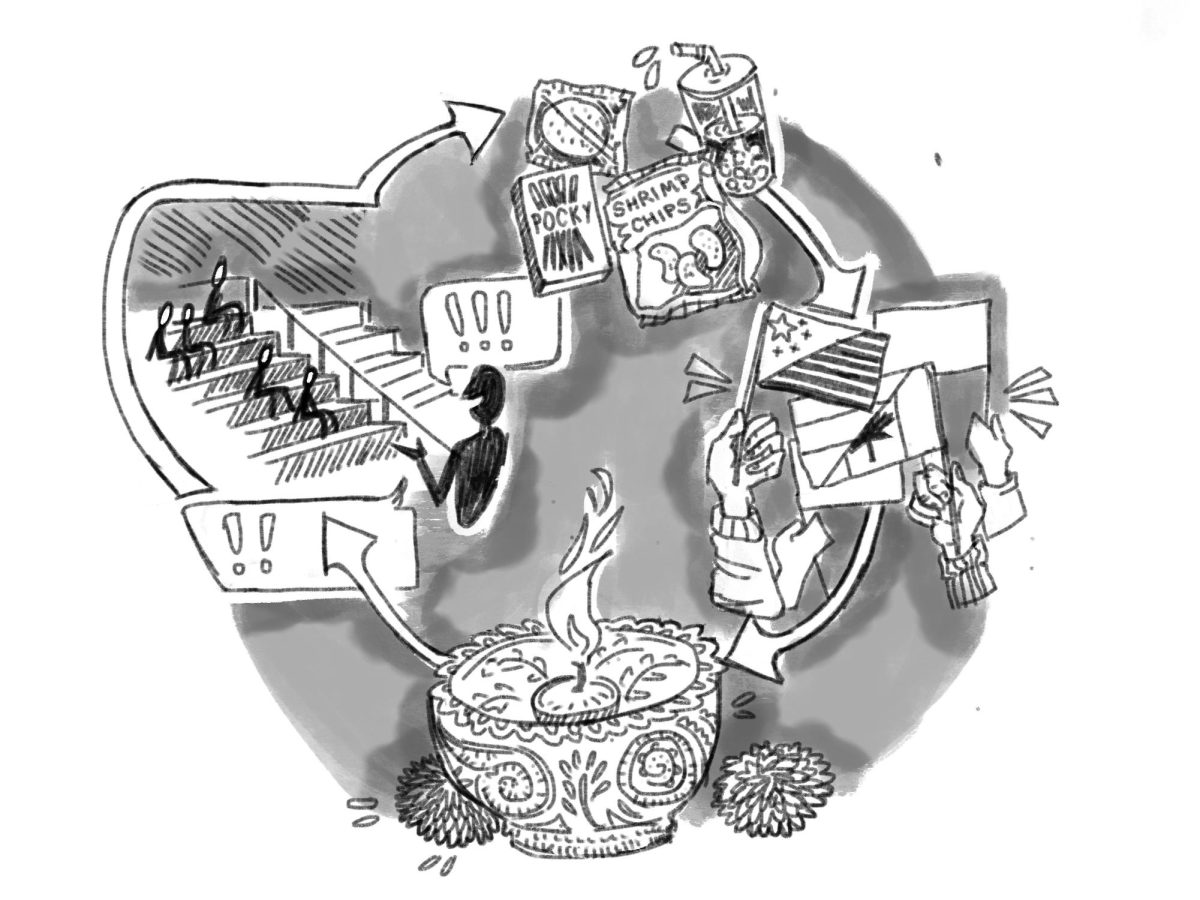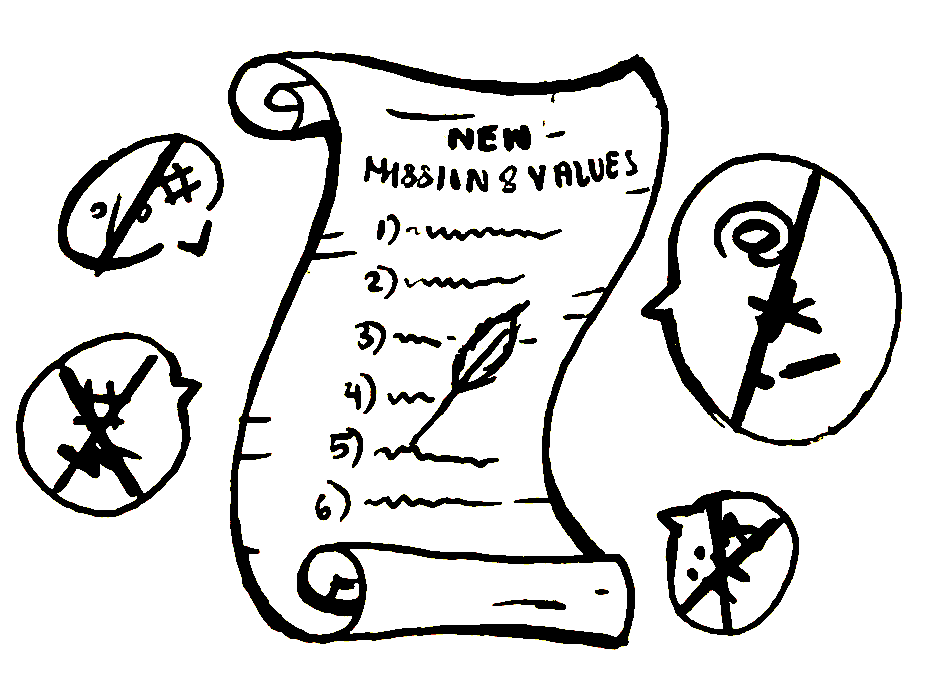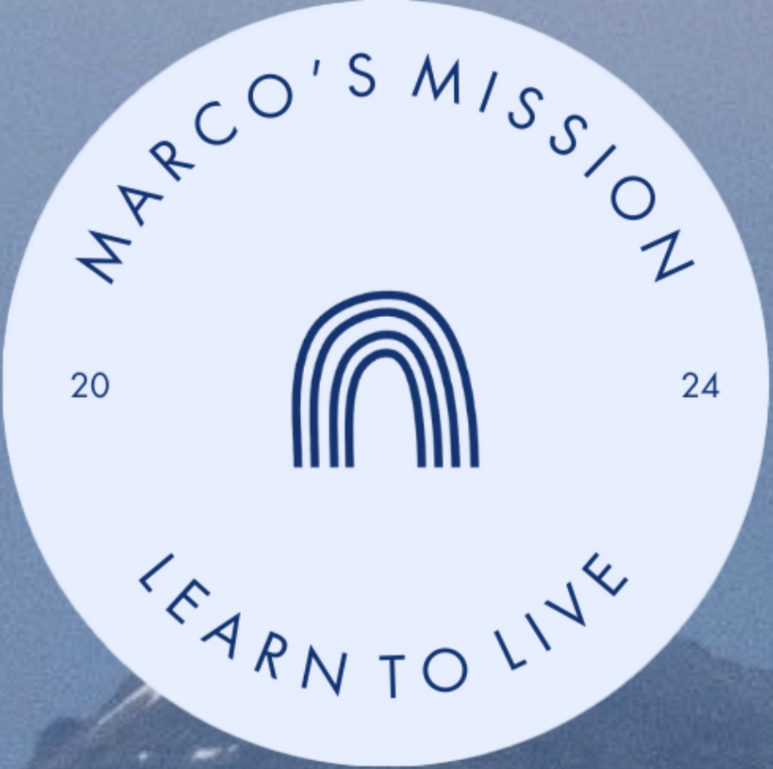This year, the Menlo Abroad program is introducing a new Cambodia trip and bringing back the Tanzania and Costa Rica trips, returning to the pre-COVID standard of three abroad programs during MTerm. The demand for Menlo Abroad trips has significantly increased after its two-and-a-half-year hiatus; this year, the program has received 164 total applications. This includes any student who put Menlo Abroad trips on their preference list, whether as their first choice or not.
Global Programs Director and history teacher Peter Brown, along with faculty chaperones, are the driving force behind the existence of these programs. According to Brown, his goal, along with the chaperones, is to make it possible for students to have unique and truly transformative experiences in the Global South.
Brown noted that planning a Menlo Abroad trip requires lots of preparation and research. Brown and faculty chaperones spend time learning about the local community of the locations in addition to the whole country’s culture and history, namely by reading numerous articles and Lonely Planet’s country travel guides.
Another important aspect of planning a trip abroad is scouting out the potential program location to assess its suitability for students. Once a program is found, Brown starts recruiting teachers, preferably one male and one female for the convenience of the students on the trip.
The desired program locations are a “distant other,” or drastically different places from where students currently live. Brown reflects that regional diversity is highlighted in Menlo Abroad programs, with locations ranging from Asia to Africa to the Americas. He finds programs through colleagues and peer schools, but mostly through student travel organizations.
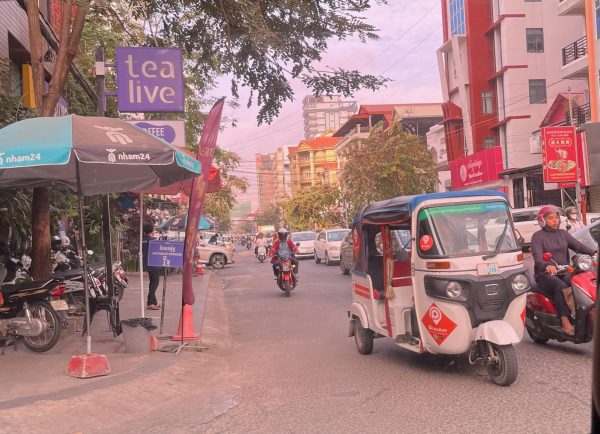
Prior to the trip, Brown and faculty chaperones must also travel to the trip’s destination and meet the student travel organization hosting the trip. According to Brown, their goal is to get to know the locals and assess the suitability of the location for Menlo students. Brown keeps an eye out for the disposition of the homestay families as he looks for qualities such as hospitality, interest and curiosity.
“It’s important that a representative of the school visits beforehand so Menlo students’ experience can be maximized,” Brown said. Brown and the teachers write a report reflecting on the safety of the location, propose a program and form an itinerary.
Brown, along with Latin and English teacher Tom Garvey and science teacher Tanya Buxton scouted Cambodia during the February break and learned more about the local community. “This trip will be a much deeper dive and longer-term stay with families,” Buxton said.
Buxton has led many Menlo Abroad trips in the past, including Panama and Costa Rica, and she spent her sabbatical living in Penang, Malaysia, where she still has connections.
Garvey is a similarly well-experienced traveler who has visited over 85 countries. He was drawn to Menlo because of the well-developed global programs. “There’s a certain trajectory where everything’s exciting, and then at a certain point you realize how difficult things are,” Garvey noted when referring to student abroad trips.
Although the itinerary is still being finalized, students will start off the trip in Phnom Penh, the capital of Cambodia. They will then transition to staying on a remote island with only one road in the Mekong River, where people live in houses built on stilts. “The little ones jump and wave and yell ‘hello’ to you as you pass by,” Brown said.
During the second half of the trip students will visit Angkor Wat — a Hindu-Buddhist temple and one of the great archaeological wonders of the world — and they will reflect on their homestay experience and Cambodian culture. “Buddhism is a big part of people’s life and so are ancient traditions,” Brown noted.
However, Cambodia wasn’t part of the original plan. Brown initially had Ecuador in mind, but due to pandemic-driven political instability and drug cartel violence in the country, he decided on Cambodia instead. “It’s just the volatility of the world,” Brown said.
Brown reflects that student culture around Menlo Abroad has changed post-COVID with people confined to their homes for so long. “We’ve had more applications than ever by far this year,” Brown said.
With so many applicants, the waitlist to go on these trips is long, and not everyone who applies is guaranteed a spot. According to Brown, the philosophy behind Menlo Abroad continues to be creating experiences that foster relationships in the Global South through homestays.
A committee including Brown and the faculty members going on the trip review each application and decide which students will fill the 16 spots in each program.
During the returning Tanzania program, students will be staying with local families in Karatu, a town located in northwest Tanzania. Participants in the Tanzania trip will visit Ngorongoro Crater, a wildlife preserve, with local Karatu students. Despite living only 40 minutes away, these Karatu students will be visiting the wildlife preserve alongside Menlo students for the first time.
Similar to previous years, students will partner with local Tanzanian students to make solar-powered lamps for the local school. According to Brown, the unscripted parts of the trips, like building relationships, tend to be the most exciting for participants. He also believes that the homestay experience is “definitely” the most meaningful, not only for students but also for the chaperones.
“It’s great to just see other people with the same needs and wants, and we’re all human beings,” Buxton reflected.
Brown views Menlo Abroad as an amazing opportunity for students to get out of their Silicon Valley comfort zones and interact with people who they otherwise wouldn’t meet — even if they can’t have their phones. Most importantly, students establish strong relationships with their host families that last beyond the program. A veteran of the Costa Rica program is even going back to Costa Rica this summer for her host sister’s wedding.
Brown adds that students often reflect that Menlo Abroad was the best part of their high school experience. “We want students to learn that the distant other is really not so distant,” Brown said. “To feel our relatedness to others is truly transformative.”


